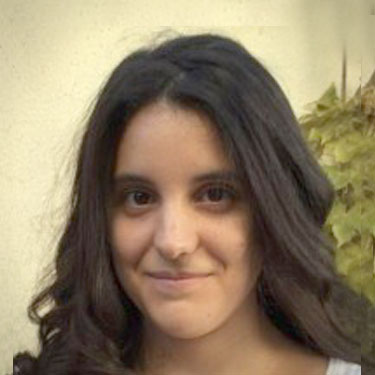University ofGranada
The University of Granada (UGR), founded in 1531, is one of the largest and most important universities in Spain. The UGR has been awarded with the Human Resources Excellence in Research (HRS4R) which reflects the UGR’s commitment to continuously improve its human resource policies in line with the European Charter for Researchers and the Code of Conduct for the Recruitment of Researchers. The UGR is also a leading institution in research, being one of the few Spanish Universities listed in the Shanghai Top 500 ranking (www.arwu.org), in which its Engineering/Technology and Computer Science Faculty is positioned at the top of the 50 best universities of the world. The Academic Ranking of World Universities (ARWU) places the UGR in 278th position in the world and as the 2nd highest ranked University in Spain, reaffirming its position as an institution at the forefront of national and international research. The UGR also stands out in different specialist areas in the ARWU rankings, such as Documentation (ranked in the 28nd in the world), Food science technology (38nd in the world), Mathematics, Oceanography, and Computer Science (76-100nd in the world). Additionally, the UGR counts with 4 researchers at the top of the Highly Cited Researchers (HCR) list, related to the Computer Science scientific area. The UGR obtained a total of 67 FP7 projects and 54 H2020 projects.
The SigMAT Group is a Research Group of the Junta de Andalucía, code TIC-234, created in 2012 and composed of faculty and researchers from the Department of Signal Theory, Telematics and Communications of the University of Granada. The research team has a solid research history of more than 30 years in the field of signal processing and in particular in speech technologies, although in recent years the research lines have been extended to new applications of signal processing. As a summary, the general research lines are statistical signal processing and integration of machine learning techniques. In particular, the current research lines of the group are the following:
- Robust speech recognition in mobile environments, with the objective of developing robust clients from the noise point of view, and also servers with greater accuracy, in the context of the client/server architecture.
- Speech enhancement in mobile devices, which aims to reduce acoustic noise, typical of mobile environments, by using multi-channel information.
- Silent Speech Processing, where the objective is to provide solutions to patients with phonatory difficulties, for example, generating voice from oral movements or providing sonority to the voice of patients without vocal cords, making use of techniques that use deep generative methods.
- Speech Biometrics, with the aim of providing secure voice authentication techniques, on the one hand by verifying speakers and on the other hand with anti-spoofing techniques, incorporating machine learning techniques.
- Robust Multimedia Signals Transmission, whose objective is to mitigate the effects caused by packets losses and to develop media-specific channel codes for the reconstruction of damaged speech/images/video using new statistical methods.
- Signal Processing in Proteomics, with the aim of processing amino acid sequences that make up proteins by treating them as numerical chains (signals), replacing each amino acid with a number that quantifies a certain physical or chemical property, and making use of convolutional neuronal networks.

The group also has a great training capability with a wide teaching experience in Bachelor’s and Master’s degrees as well as in the training of doctors supported by the numerous PhD theses presented in the research group.
More information about the Group can be found at sigmat.ugr.es
In this Project, UGR will apply its experience in the areas of SSI and signal processing to develop systems for the generation of audible speech output that sounds both intelligible and natural. Its main tasks will be the restoration of speech from neural data captured using invasive EEG techniques.
Key Research Infraestructures
- UGR supercomputing systems
- UGRGrid
- ALHAMBRA
- Cluster Nvidia DGX. This equipment consists of a set of high-performance computing servers based on GPUs (Graphic Processing Units).
- The research group has audio equipment and tools for recording. It also has access to unparalleled computing resources, such as the UGRR-Grid HPC cluster and the recently acquired DGX-1 GPU workstation to accelerate deep learning applications..






